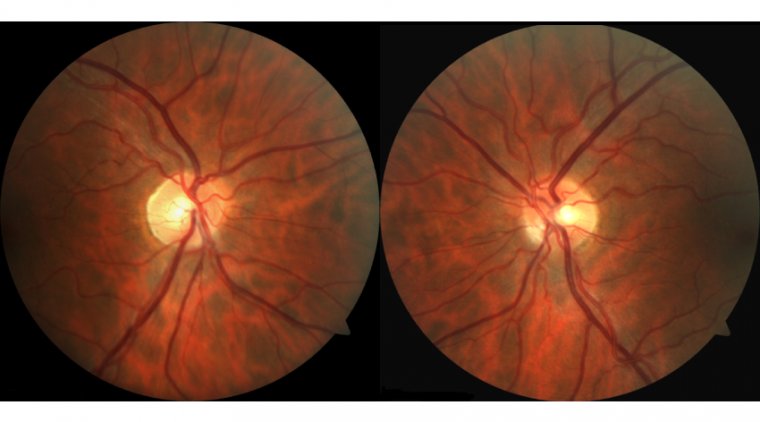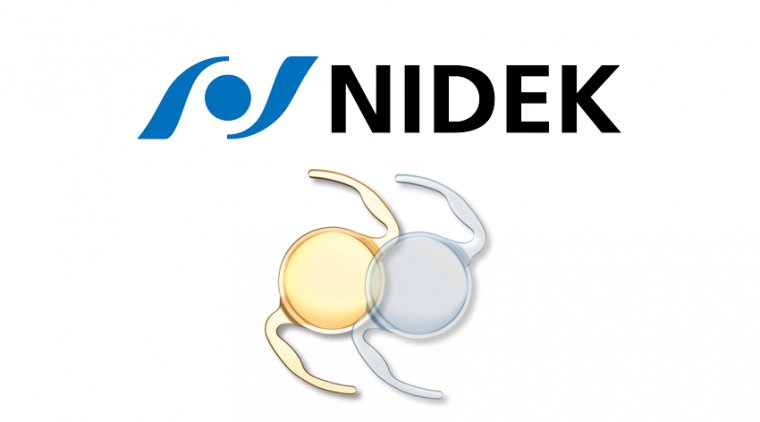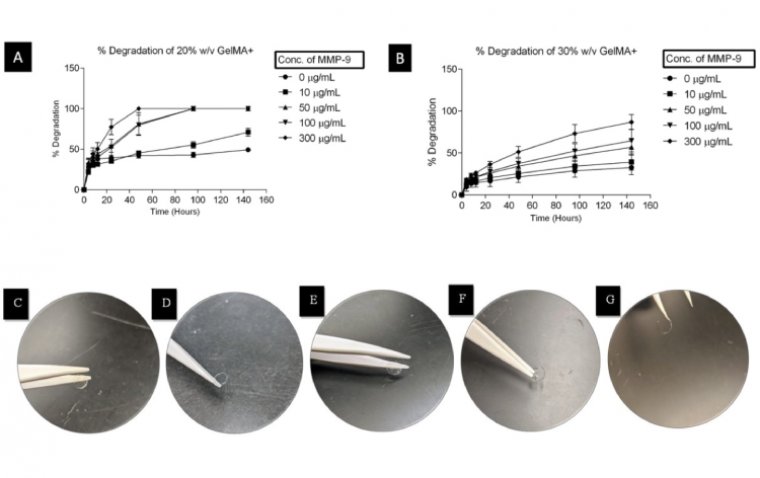
Researchers Develop First Criteria to Diagnose Optic Neuritis
A UCL-led team of researchers has created universal criteria for identifying the blinding eye disease optic neuritis.
Optic neuritis is an inflammation of the optic nerve that causes rapid and severe vision loss in approximately 6 in 100,000 people. It can happen at any age, with visual loss commonly occurring over a few hours or days after onset. Optic neuritis is sometimes caused by multiple sclerosis (MS), but it can also be caused by a variety of other disorders.
Up until now, there has been no universal agreement on how to identify optic neuritis, making prompt treatment for illnesses in which it is the first symptom difficult.
However, the new diagnostic criteria are expected to lower the likelihood of misdiagnosis and help clarify treatment alternatives. For example, the likelihood of a patient requiring long-term medication may differ depending on their optic neuritis subgroup.
Dr. Axel Petzold (UCL Queen Square Institute of Neurology), who led the study alongside Professor Gordon Plant (National Hospital for Neurology and Neurosurgery, UCLH) and Associate Professor Clare Fraser (Save Sight Institute, University of Sydney), said, "Our study attempts to internationalize and classify the many syndromes that can manifest as optic neuritis. We hope our classification will lead to the identification of yet more immunological causes of optic neuritis and ensure uniformity in identifying sub-types of optic neuritis. I'm hopeful that the criteria we have developed will lead to a consensus on how to design treatment trials for optic neuritis in the future."
Over 100 doctors from 60 nations were recruited to evaluate real-life clinical cases. This allowed them to create diagnostic criteria defining clinical characteristics such as pain, impaired vision, and flashing lights that indicate possible optic neuritis.
Additional testing, including brain, orbital, and retinal imaging, as well as biomarker data, could then be utilized to confirm a definitive diagnosis of the disease.
The cause and treatment of optic neuritis differ depending on geographical location, treatment availability, and ethnic background. Clinical research on ocular neuritis has traditionally been conducted in Europe, North America, and Australasia, and thus has been dominated by this population.
In the study, published in The Lancet Neurology, the researchers achieved a 95% expert consensus through a Delphi process—a method used to generate group decisions by asking several rounds of anonymous questions. This allowed them to classify the links between optic neuritis and other antibody-mediated disorders, such as neuromyelitis optica or myelin oligodendrocyte glycoprotein antibody-associated disease, which are more common in African and Asian people.
Dr. Fraser said, "This is an important international collaboration, which expands our understanding and classification of all types of optic neuritis across the world."
Reference: Axel Petzold et al, Diagnosis and classification of optic neuritis, The Lancet Neurology (2022). DOI: 10.1016/S1474-4422(22)00200-9
(1).jpg)









